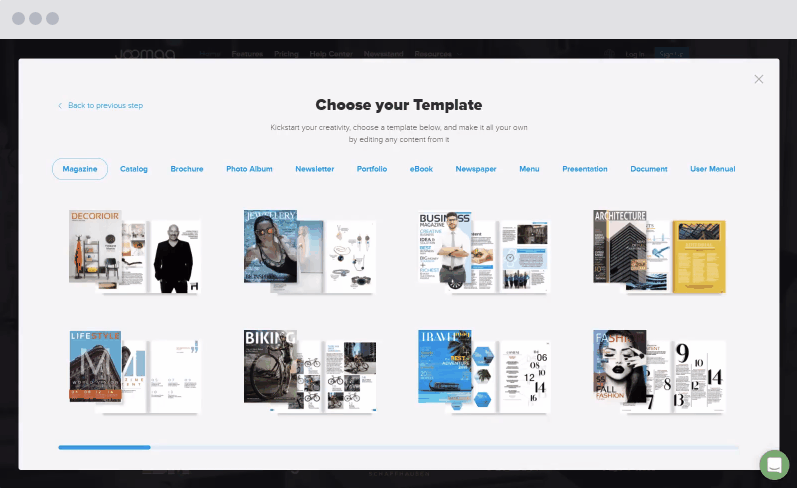

What are SOPs?
An SOP is an official document, or guide, that explains how business activities in a retail store should be conducted. Most include step-by-step instructions for specific tasks (like handling customer complaints). Moreover, SOPs assign responsibilities to specific people, delegating key roles to appropriate staff and ensuring consistency. The best ones cover a wide range of operations, including fraud, design, visual merchandising, cash, security, customer service, sales, inventory, vendor management, policies, and administration.
Why SOPs work:
-
They streamline repetitive tasks and create consistency, reliability, and predictability in operations.
-
“Following standard operating procedures increases sales, boosts worker productivity and enhances a store's image,” says Bizfluent.
-
Employees work much more efficiently when they have very specific instructions to work with.
-
Expanding your retail store to new locations? Employees over there can use your existing SOP to replicate your work and products.
-
When experienced employees leave, you lose valuable skills and knowledge. Documenting important job processes, however, keeps that knowledge with your business and your store moving forward (even after workers leave).
Create a standard operating procedure now!
How to create an SOP
Create an SOP by uploading a PDF
You’ll usually find SOPs collated in clunky physical binders. Even worse, they’re filled with technical mumbo jumbo that confuses employees and proves woefully ineffective in the long run.

“I can’t wait to read this!” said no employee ever.
Thanks to technology, however, any business can transform its paper documents into easy-to-access digital files.
Upload a PDF file to a corporate communications platform, for example, and convert it into a digital publication.

Once the conversion process is completed, start adding interactive elements like videos, photo galleries, and plugins to your SOP.

Create an SOP using a template
Writing an effective SOP - let alone designing one - is a tall order. An online standard operating procedure template can help you do both in minutes, regardless of your experience level. Choose an SOP template from your platform of choice and edit every part of it with simple drag-and-drop tools.

Things you’ll need for your retail SOP
-
Branding: reinforce your brand’s core values by adding logos to your document.
-
Branded apps: publish an SOP on your very own custom branded app. Let employees access it from their phones.
-
1-click updates: your store’s policies and procedures aren’t set in stone. They can change, so ensure you’re still able to update your content even after it’s published.
-
Distribution: share SOPs on company websites and apps.
-
Analytics: once you’ve published your digital SOP, use tracking data to gauge its overall impact.



